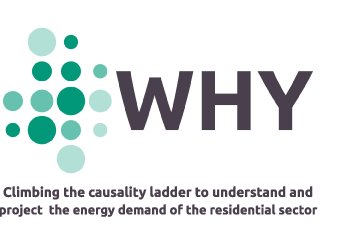Is it feasible a massive deployment of low voltage direct current microgrids renewable-based? A technical and social sight
Paper Publication
Authors: T.Castillo-Calzadilla, M.A.Cuesta, C.Olivares-Rodriguez, A.M.Macarulla, J.Legarda, C.E.Borges
The popularity of renewable energy systems has contributed significantly in the last years to the utility of low voltage direct current microgrids. However, these systems come with new challenges. This survey focuses on introducing a state-of-the-art low voltage direct current distribution system and sheds light on the challenges that must be faced in order to complete energy transition. This literature review was systematically carried out using the two largest scientific databases (SCOPUS and WOS) where the query (low voltage direct current microgrid) resulted in 198 articles. The purpose of this paper is not to reiterate the comparison of direct current with alternating current systems, which has already been discussed extensively. Instead, the objective of this survey is to assess the feasibility of the low voltage direct current distribution system and its impact on social development. To this end, this work provides valuable information for renewable energy planners, giving some insights or solutions to bridge the gap between the current energy network and the future DC energy microgrids. In particular, this article focuses on parameters such as grid topologies, distribution and voltage standardization efforts. The three major findings are: (i) the off-grid solutions enhance the efficiency rate in energy facilities (from 15% to 30%), and the vast majority of them are supported with energy storage systems to increase their reliability. However, in economic terms the most suitable systems still are the grid-connected solutions. Another finding is that (ii) the bus configurations are most used as well as the best in terms of their effectiveness to distribute low voltage and direct current energy within the microgrid. Lastly, (iii) the voltage value standardization around 48 V and 380 V, and even though there seems to be a clear convergence between them, the lack of agreement is delaying the massive implementation of these solutions worldwide. Finally, a novel assessment of social impacts and reflections on low voltage direct current microgrids is also included.




